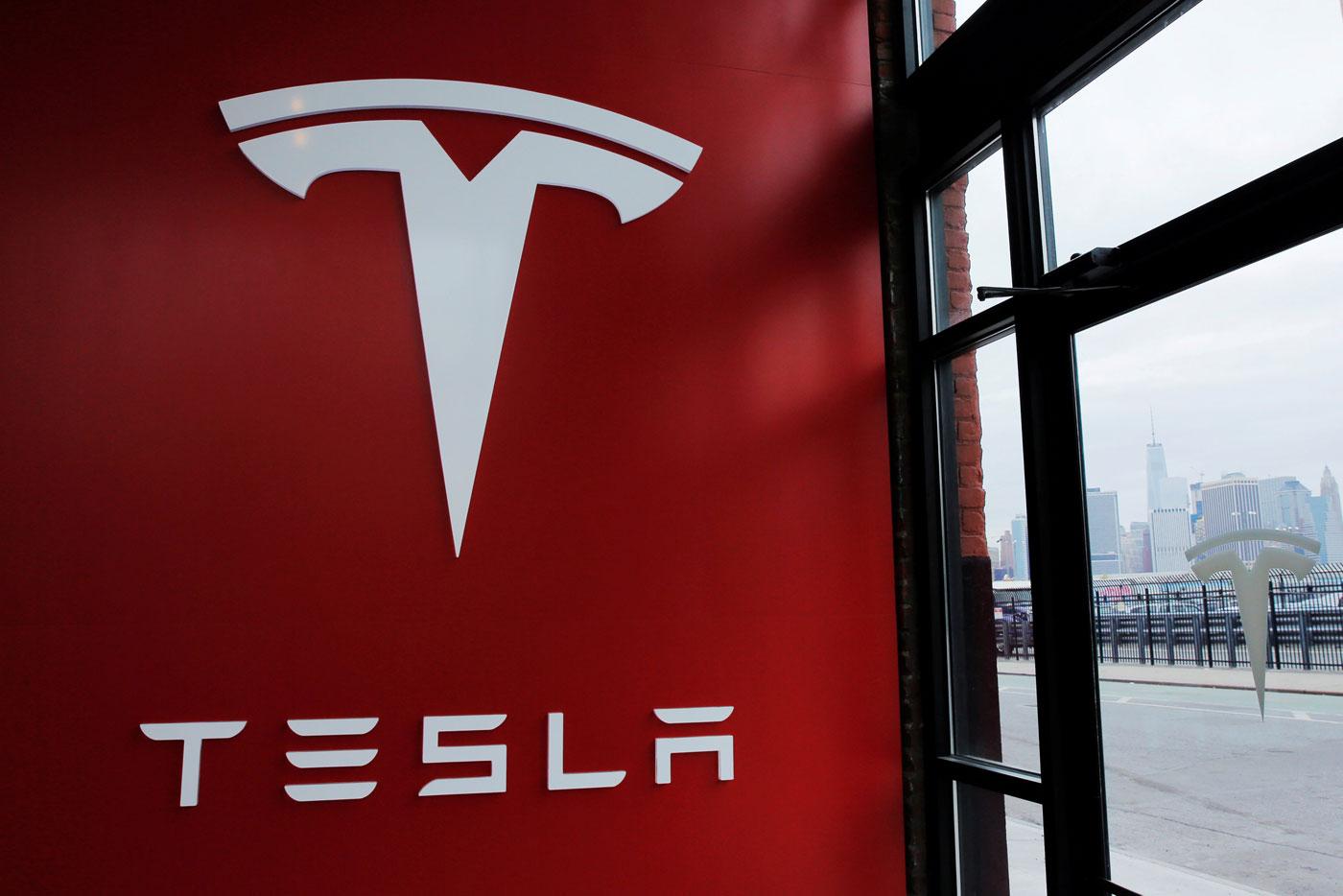
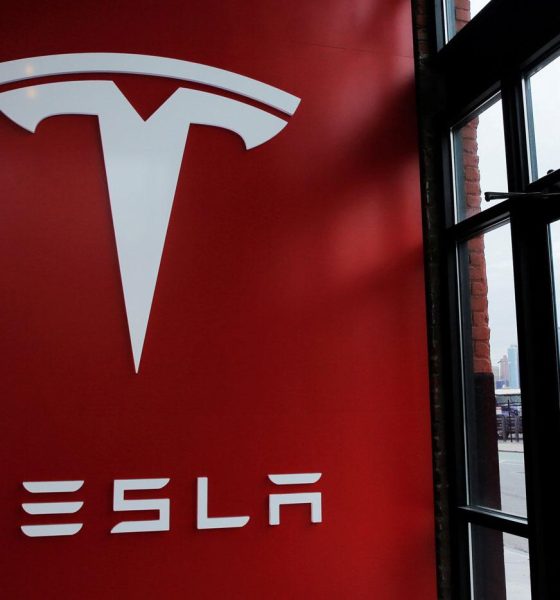
Investor's Corner
Tesla sets record vehicle production, $2.7 billion revenue, Model 3 on track for July production
Tesla released its first quarter 2017 earnings after the closing bell on Wednesday, surprising Wall Street with record production, delivery and revenue numbers. The electric car maker reported revenue of $2.7 billion in GAAP revenue, with $2.28 billion from automotive revenue. The GAAP net loss was $2.04, with non-GAAP loss of $1.33 a share, much larger than expected. This quarter compares well with Q4’16, when TSLA surprised Wall Street after posting a fourth quarter earnings loss of 69 cents a share, and revenue of $2.28 billion. The complete text of the Tesla First Quarter 2017 Update letter can be seen at the end of this article.
Revenue
In the letter, Tesla announced that “Q1 GAAP and Non-GAAP loss from operations improved from Q4.” As in the previous quarter, the estimates between analysts varied widely. According to a consensus poll with analysts conducted by FactSet, Tesla was expected to report a GAAP loss $1.15 a share in the quarter compared with a loss of $2.13 a share in the year-ago period, and an adjusted loss for one-time items of 83 cents. Estimize, a crowdsourcing platforms that polls analysts, hedge-fund managers executives and others, expected a loss of just 17 cents a share. E*trade provided its usual estimate range from its poll of analysts: 0.230 | -0.812 | -1.690 (High | Mean | Low), also with an average of about 82 cents.
Model 3
Many analysts have suggested that eyes would be focused intensely on Tesla’s upcoming milestones, particularly its progress on its Model 3 sedan. In the letter, Tesla announced that “Model 3 vehicle development is nearly complete as we approach the start of production. Release Candidate vehicles, built using production-intent tooling and processes, are being tested to assess fit and finish, to support vehicle software development and to ensure a smooth and predictable homologation process. Road testing is also underway to refine driving dynamics and ensure vehicle durability.” Additionally, “simultaneously, preparations at our production facilities are on track to support the ramp of Model 3 production to 5,000 vehicles per week at some point in 2017, and to 10,000 vehicles per week at some point in 2018.” 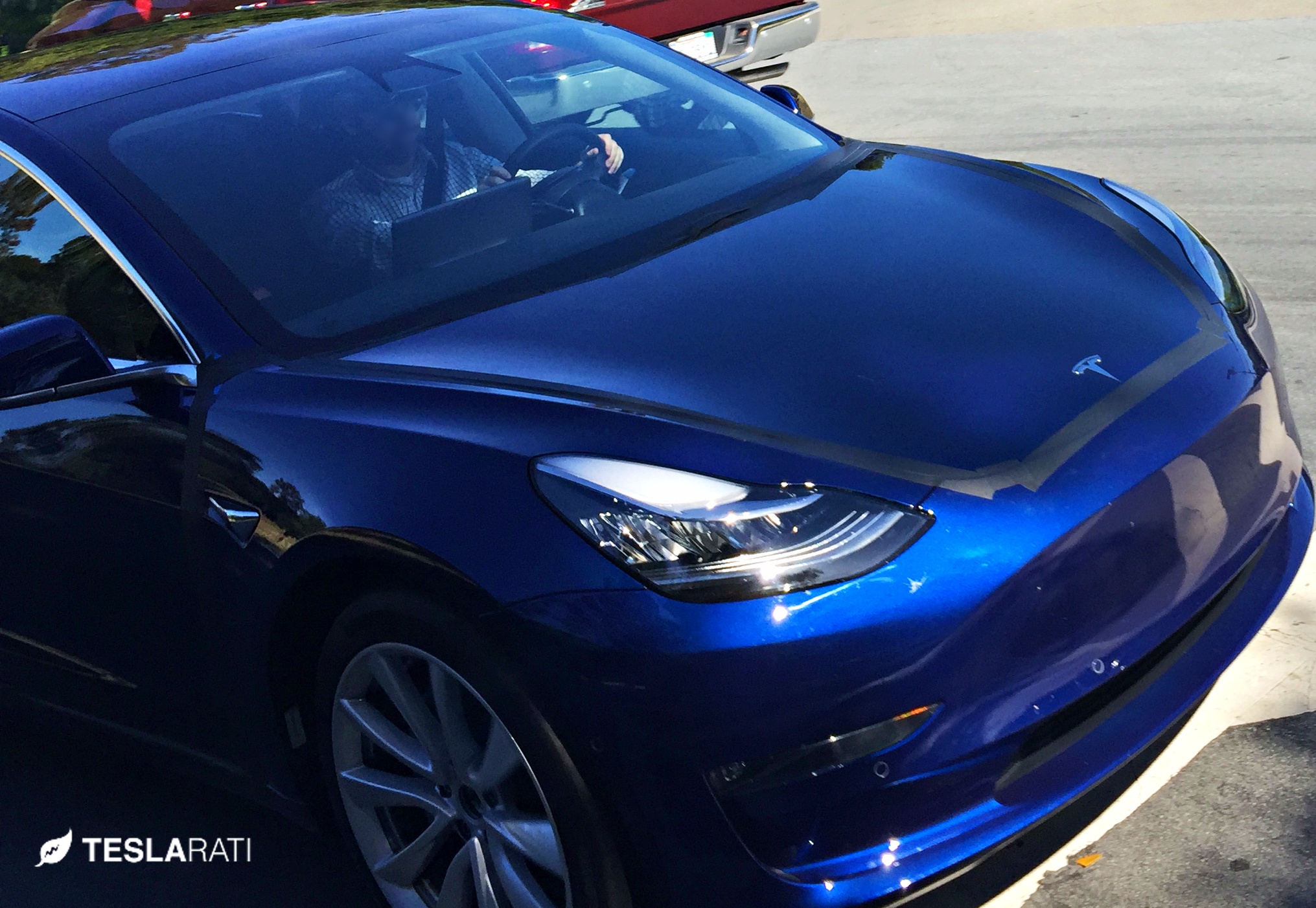 The company also reported record high orders in Q1 for its Model S and X vehicles. The big run up to the stock in 2017 started when Tesla reported first-quarter deliveries, just over 25,000, on the high end of expectations. Investors will be listening for additional information about the status of the Model 3 manufacturing during the First Quarter 2017 Financial Results Q&A Conference Call scheduled for 2:30 pm PT today. The run up of the stock is also due to the fact that many on Wall Street believe that Tesla has worked out some of its manufacturing kinks and is on track to start delivering to employees the first few Model 3 sedans in July, as promised.
The company also reported record high orders in Q1 for its Model S and X vehicles. The big run up to the stock in 2017 started when Tesla reported first-quarter deliveries, just over 25,000, on the high end of expectations. Investors will be listening for additional information about the status of the Model 3 manufacturing during the First Quarter 2017 Financial Results Q&A Conference Call scheduled for 2:30 pm PT today. The run up of the stock is also due to the fact that many on Wall Street believe that Tesla has worked out some of its manufacturing kinks and is on track to start delivering to employees the first few Model 3 sedans in July, as promised.
Cash
In the letter, Tesla announced that “Q4 to Q1 cash increased by over $4 billion. Cash at the end of Q4 2016 was $3.4 billion. Tesla raised more capital in the quarter with its March $1.5B Offering of Common Stock and Convertible Senior Notes.
TSLA Stock
Tesla shares have been going though the roof, up 80% to a record close of $322.83 on Monday, since the December low when they closed at $181.47. The past three weeks has experienced a string of record highs and the stock has traded above $300 for the better part of April, with an intra-day high of $327.66 on Monday. From a technical perspective, the sky is the limit, and while the shares have been overbought since the beginning of the year when they were trading at $214, there does not seem to be any bad news that can stop the stock from going up. This week TSLA market cap, again, topped GM as the most valuable car maker in the US with a value of over $52B vs. GM’s $50B.
While TSLA stock has soared, traders short selling TSLA have lost $3.7B in 2017, far more than has been lost shorting any other U.S. stock. This is more than the combined losses of short sellers in Apple (AAPL), Amazon (AMZN) and Netflix (NFLX), according to financial analytics firm S3 Financial Partners. Short bets against TSLA have grown to $10.1B from $8.7B at the start of April, when the more recent TSLA run started. “Momentum” traders are riding TSLA stock up and making incredible returns, especially on options, while “fundamental” traders hold onto their shorts and actually continue to build on them, hoping that the shoe will eventually drop.
As reported by Reuters in “Einhorn, nursing losses on Tesla, says investors ‘hypnotized’ by Musk”, hedge fund manager David Einhorn said on Wednesday that “Einhorn’s Greenlight Capital hedge fund bet against Tesla shares during the first three months of year, racking up losses on its short position. Greenlight did not disclose its current position on Tesla.” Unfortunately for David and other short sellers, barring a delay on delivery of Model 3, the momentum traders may still have the upper hand, at least for the rest of 2017. Today’s session ended up closing 2.55% lower at $310.76. Looking at the extended trading action after the close, the initial reaction to the numbers for Q1 2017 is nil: stock moved to $312. Expect an uneventful opening on Thursday.
Tesla First Quarter 2017 Update http://www.teslarati.com/wp-content/uploads/2017/05/TSLA_Update_Letter_2017_1Q.pdf

Investor's Corner
Mizuho keeps Tesla (TSLA) “Outperform” rating but lowers price target
As per the Mizuho analyst, upcoming changes to EV incentives in the U.S. and China could affect Tesla’s unit growth more than previously expected.
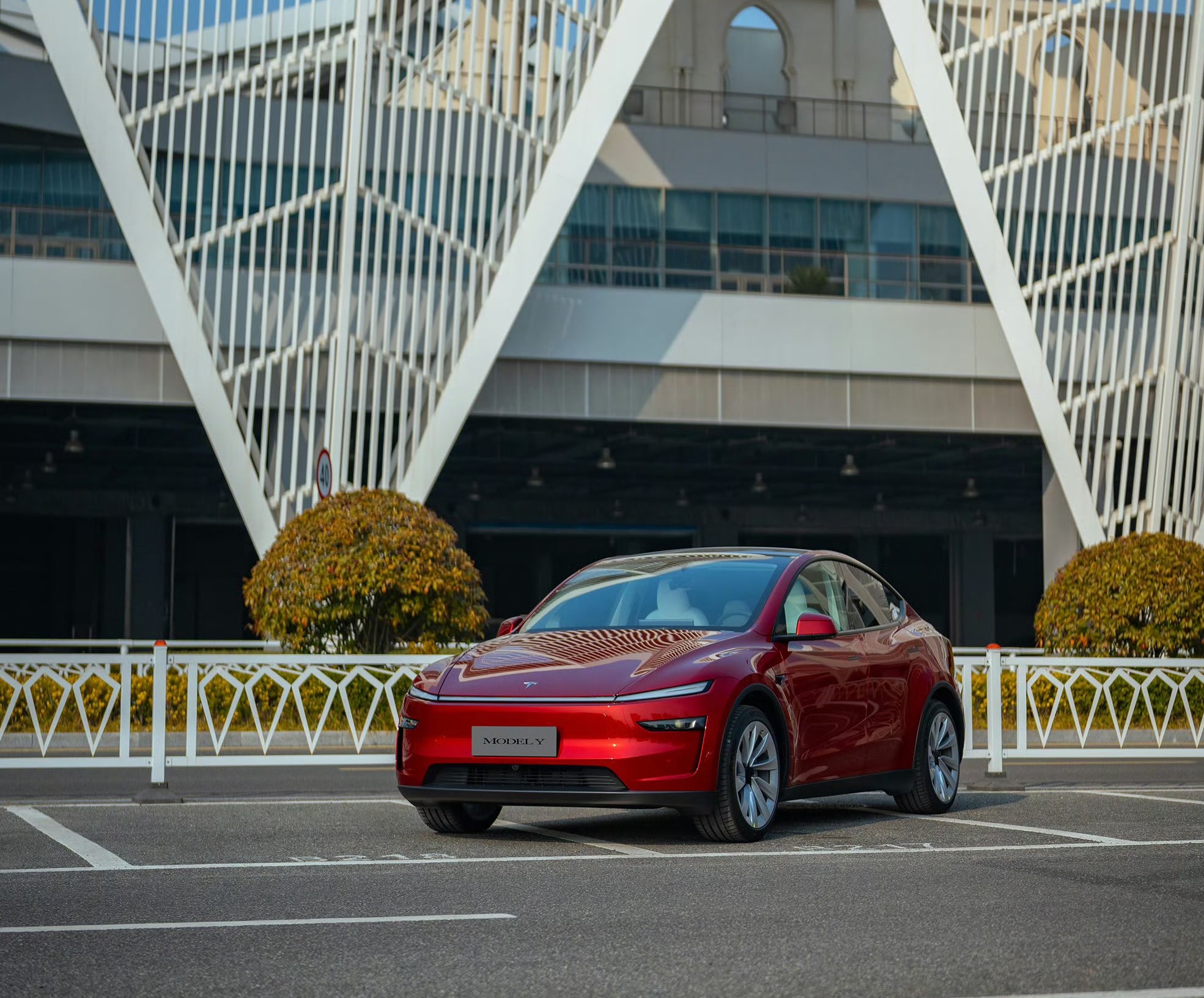
Mizuho analyst Vijay Rakesh lowered Tesla’s (NASDAQ:TSLA) price target to $475 from $485, citing potential 2026 EV subsidy cuts in the U.S. and China that could pressure deliveries. The firm maintained its Outperform rating for the electric vehicle maker, however.
As per the Mizuho analyst, upcoming changes to EV incentives in the U.S. and China could affect Tesla’s unit growth more than previously expected. The U.S. accounted for roughly 37% of Tesla’s third-quarter 2025 sales, while China represented about 34%, making both markets highly sensitive to policy shifts. Potential 50% cuts to Chinese subsidies and reduced U.S. incentives affected the firm’s outlook.
With those pressures factored in, the firm now expects Tesla to deliver 1.75 million vehicles in 2026 and 2 million in 2027, slightly below consensus estimates of 1.82 million and 2.15 million, respectively. The analyst was cautiously optimistic, as near-term pressure from subsidies is there, but the company’s long-term tech roadmap remains very compelling.
Despite the revised target, Mizuho remained optimistic on Tesla’s long-term technology roadmap. The firm highlighted three major growth drivers into 2027: the broader adoption of Full Self-Driving V14, the expansion of Tesla’s Robotaxi service, and the commercialization of Optimus, the company’s humanoid robot.
“We are lowering TSLA Ests/PT to $475 with Potential BEV headwinds in 2026E. We believe into 2026E, US (~37% of TSLA 3Q25 sales) EV subsidy cuts and China (34% of TSLA 3Q25 sales) potential 50% EV subsidy cuts could be a headwind to EV deliveries.
“We are now estimating TSLA deliveries for 2026/27E at 1.75M/2.00M (slightly below cons. 1.82M/2.15M). We see some LT drivers with FSD v14 adoption for autonomous, robotaxi launches, and humanoid robots into 2027 driving strength,” the analyst noted.
Investor's Corner
Tesla stock lands elusive ‘must own’ status from Wall Street firm
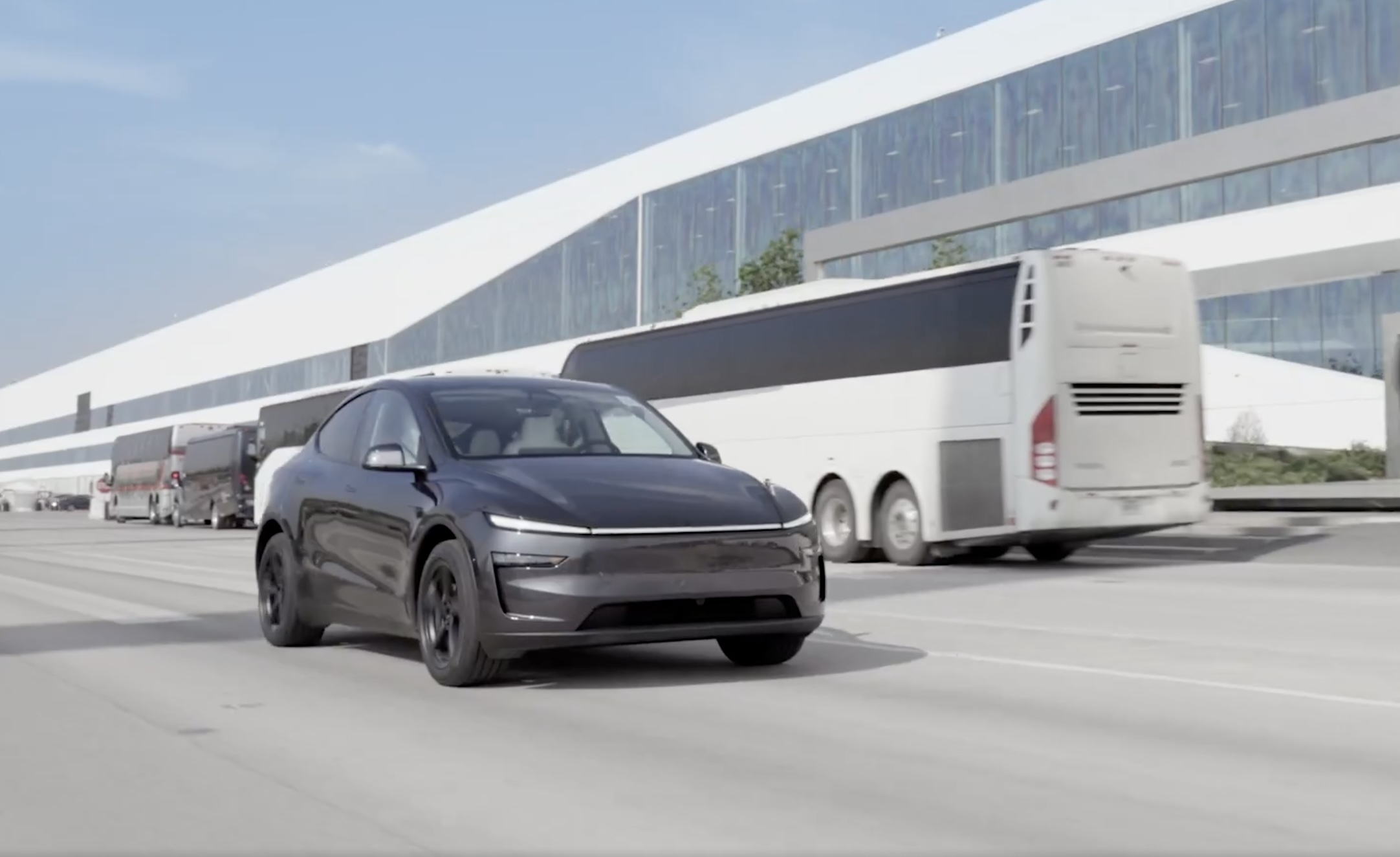
Tesla stock (NASDAQ: TSLA) has landed an elusive “must own” status from Wall Street firm Melius, according to a new note released early this week.
Analyst Rob Wertheimer said Tesla will lead the charge in world-changing tech, given the company’s focus on self-driving, autonomy, and Robotaxi. In a note to investors, Wertheimer said “the world is about to change, dramatically,” because of the advent of self-driving cars.
He looks at the industry and sees many potential players, but the firm says there will only be one true winner:
“Our point is not that Tesla is at risk, it’s that everybody else is.”
The major argument is that autonomy is nearing a tipping point where years of chipping away at the software and data needed to develop a sound, safe, and effective form of autonomous driving technology turn into an avalanche of progress.
Wertheimer believes autonomy is a $7 trillion sector,” and in the coming years, investors will see “hundreds of billions in value shift to Tesla.”
A lot of the major growth has to do with the all-too-common “butts in seats” strategy, as Wertheimer believes that only a fraction of people in the United States have ridden in a self-driving car. In Tesla’s regard, only “tens of thousands” have tried Tesla’s latest Full Self-Driving (Supervised) version, which is v14.
Tesla Full Self-Driving v14.2 – Full Review, the Good and the Bad
When it reaches a widespread rollout and more people are able to experience Tesla Full Self-Driving v14, he believes “it will shock most people.”
Citing things like Tesla’s massive data pool from its vehicles, as well as its shift to end-to-end neural nets in 2021 and 2022, as well as the upcoming AI5 chip, which will be put into a handful of vehicles next year, but will reach a wider rollout in 2027, Melius believes many investors are not aware of the pace of advancement in self-driving.
Tesla’s lead in its self-driving efforts is expanding, Wertheimer says. The company is making strategic choices on everything from hardware to software, manufacturing, and overall vehicle design. He says Tesla has left legacy automakers struggling to keep pace as they still rely on outdated architectures and fragmented supplier systems.
Tesla shares are up over 6 percent at 10:40 a.m. on the East Coast, trading at around $416.
Investor's Corner
Tesla analyst maintains $500 PT, says FSD drives better than humans now
The team also met with Tesla leaders for more than an hour to discuss autonomy, chip development, and upcoming deployment plans.

Tesla (NASDAQ:TSLA) received fresh support from Piper Sandler this week after analysts toured the Fremont Factory and tested the company’s latest Full Self-Driving software. The firm reaffirmed its $500 price target, stating that FSD V14 delivered a notably smooth robotaxi demonstration and may already perform at levels comparable to, if not better than, average human drivers.
The team also met with Tesla leaders for more than an hour to discuss autonomy, chip development, and upcoming deployment plans.
Analysts highlight autonomy progress
During more than 75 minutes of focused discussions, analysts reportedly focused on FSD v14’s updates. Piper Sandler’s team pointed to meaningful strides in perception, object handling, and overall ride smoothness during the robotaxi demo.
The visit also included discussions on updates to Tesla’s in-house chip initiatives, its Optimus program, and the growth of the company’s battery storage business. Analysts noted that Tesla continues refining cost structures and capital expenditure expectations, which are key elements in future margin recovery, as noted in a Yahoo Finance report.
Analyst Alexander Potter noted that “we think FSD is a truly impressive product that is (probably) already better at driving than the average American.” This conclusion was strengthened by what he described as a “flawless robotaxi ride to the hotel.”
Street targets diverge on TSLA
While Piper Sandler stands by its $500 target, it is not the highest estimate on the Street. Wedbush, for one, has a $600 per share price target for TSLA stock.
Other institutions have also weighed in on TSLA stock as of late. HSBC reiterated a Reduce rating with a $131 target, citing a gap between earnings fundamentals and the company’s market value. By contrast, TD Cowen maintained a Buy rating and a $509 target, pointing to strong autonomous driving demonstrations in Austin and the pace of software-driven improvements.
Stifel analysts also lifted their price target for Tesla to $508 per share over the company’s ongoing robotaxi and FSD programs.








